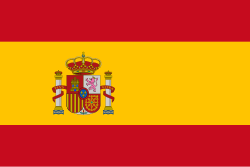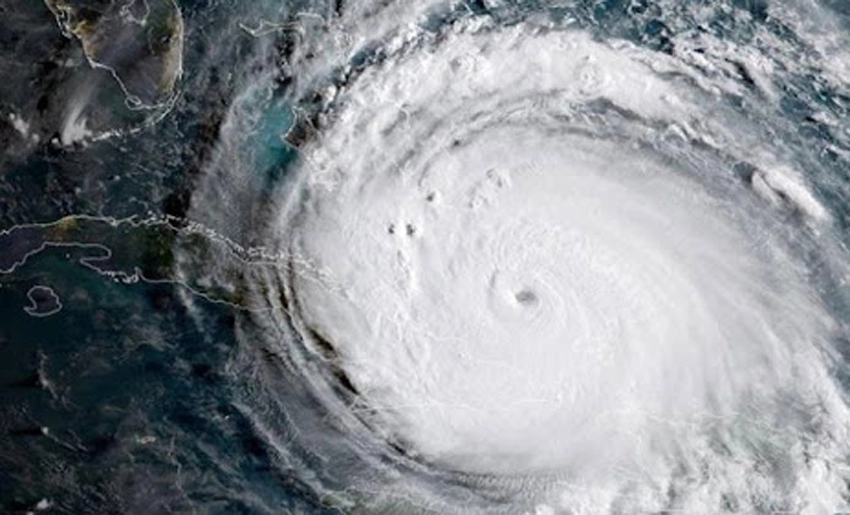The term hurricane season, which we currently use in Cuba, began to become more well-known starting in 1965 when the Institute of Meteorology was established, says a Cuban expert on the subject.
Its first director, Mario Rodríguez Ramírez, wrote a chronology of tropical cyclones and developed a hypothesis aimed at predicting their movements. Recalls Professor Luis Enrique Ramos Guadalupe, coordinator of the History Commission of the Meteorological Society of Cuba.
However, a few years ago the phenomenon itself underwent a redefinition and it was extended internationally from June 1st to November 30th, established based on statistical studies. He points out in an exclusive comment for the Cuban News Agency.
It clarifies that not all campaigns behave similarly. Neither in number nor in the characteristics of their systems. According to Ramos Guadalupe, it has been determined that the average formation of tropical cyclones for one of them in the northern Atlantic basin is 10.6. That is, just over 10 systems whose maximum sustained winds exceed 63 kilometers per hour.
It mentions examples of minimal cyclonic activity in the 20th century, such as 1911, with only 4 systems, and 1914, with one. In contrast, the maxima appear in the 1933 season, in which 21 systems were identified, and in 1936 with 16, and the record, to date, is held by the memorable 2005 season, with 27 or 28 if a subtropical storm is included.
It considers that a higher or lower number of cyclones formed in a season does not have a specific meaning in terms of threat, as evidenced by 1936, in which, despite the large number of them, none crossed over Cuba.
The reverse case, it recalls, corresponds to the 1910 season. When only four cyclones were recorded, but in October, one of them, which became a strong hurricane, crossed over the western part of Cuba and made a loop to the north of the province of Pinar del Rio. Where it extended its effects for five consecutive days in an event that caused a disaster of great proportions.
For the 2025 hurricane season, the Meteorology Institute estimates the formation of 15 tropical cyclones. Distributed with 10 over open ocean, three over the Caribbean Sea, and two in the Gulf of Mexico.
It is noteworthy that these figures are only estimates, so more than considering them, which significance is only statistical, being prepared is the most important thing, as history of Meteorology in Cuba has taught us, season after season.
With information from CNA
Translated by Aliani Rojas Fernandez
- Holguin Reports Intense Rains Associated with Cold Front - 13 de November de 2025
- Díaz-Canel Calls for Combating Arboviruses in Cuba Like COVID-19 - 13 de November de 2025
- Food Production Revitalized in Holguin After Melissa - 13 de November de 2025

